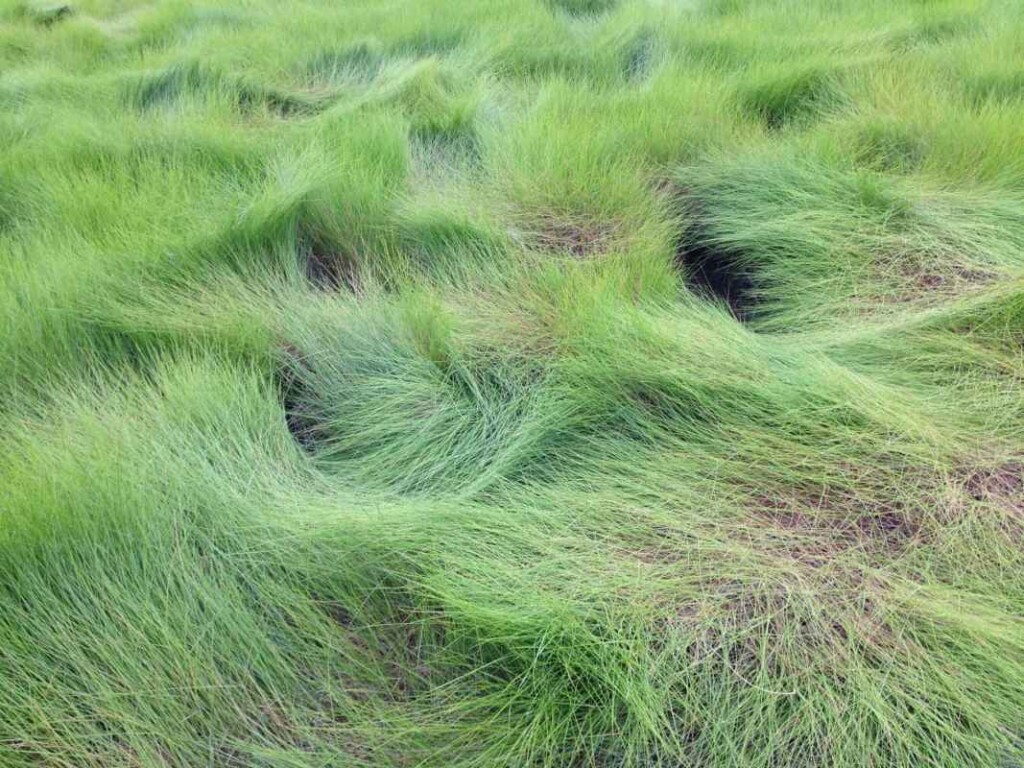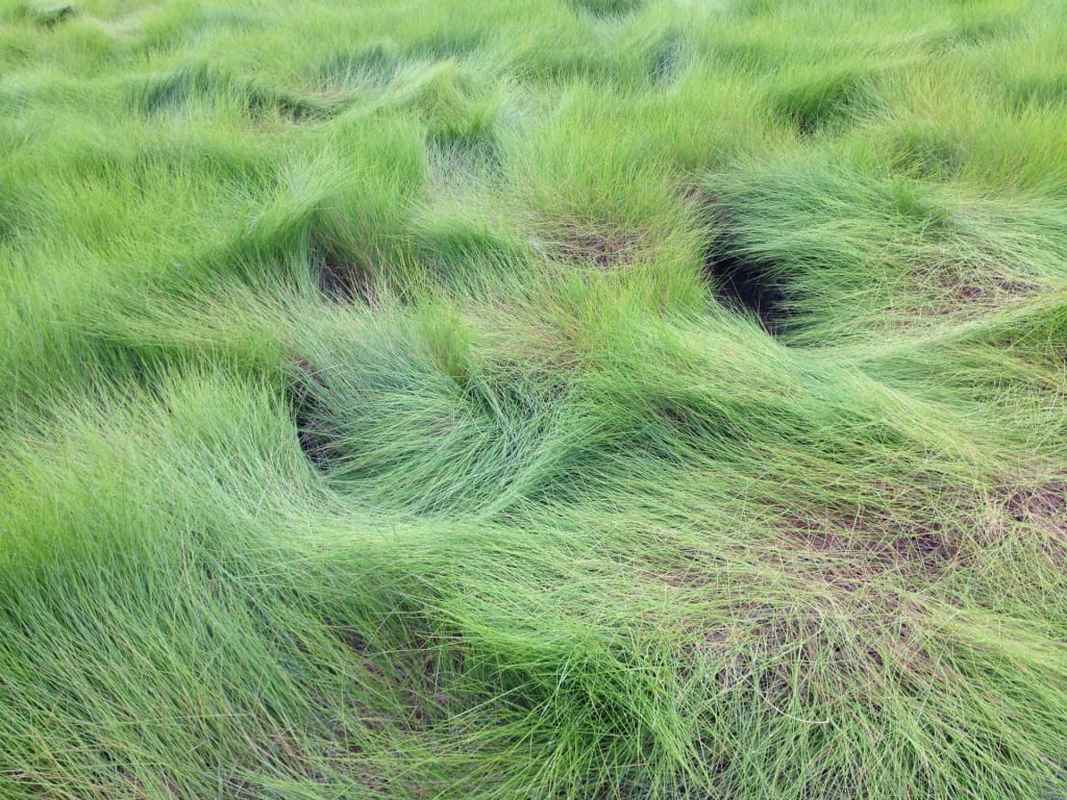
Rising sea levels and coastal erosion are threatening farmers on America’s mid-Atlantic coast, but a crop from colonial times may be the future harvest in places like Delaware and New Jersey.
The issue is that more and more mid-Atlantic farmland is becoming inundated with salt making crops like corn and soy ungrowable, but a group of grasses colloquially known as ‘salt hay’ can not only grow in saltier fields, but has been used as fodder to give northern France’s lamb a distinctive salty flavor.
The lamb is sold as “pre-salted” because the grasses on which the lambs are grazing grow on salty marshes and plains near the coast.
A study published in Nature found that between 2011 and 2017, visible salt patches almost doubled across land along the Delmarva Peninsula, and over 20,000 acres of farmlands were converted to marsh. The range of economic losses was estimated between $39.4 million and $107.5 million annually under circumstances where farmers abandoned corn and soy altogether.
Farmers need crops that are salt tolerant if they are to continue their livelihoods, and salt hay is not an entirely forgotten option as it was farmed at scale in New Jersey as recently as 1975. However, harvesting salt hay is just too much trouble for most farmers because it grows on marshy ground where tractors and machines are liable to get stuck.
Ambrook Research, a financial and operations planning firm for farmers and agriculturalists, found that salt hay may be on the brink of a renaissance, as some farmers on the mid-Atlantic coast are working to revive the age-old crop with modern harvesting techniques, particularly because it has so many uses.
“I have documentation of salt hay harvests on our farm dating back to the 1600s,” said John Zander, whose Cohansey Meadows Farms is perched on the Delaware Bay in New Jersey. Spartina patens, the native species of what’s officially called salt meadow cordgrass, has been identified by Zander and others as being once used for building insulation, as packing material, and as an additive to concrete.
It has also been used for paper, textiles, fodder for animals, and because it’s naturally free of seeds and weeds because of its strangulating root system, as a premium mulch for flower beds.
Ambrook Research spoke to Zander who said he has been experimenting with different planting, propagation, and harvesting methods. In his father and grandfather’s day, salt hay was harvested after a deep freeze allowed light machinery to traverse the marshes, but such frosts don’t happen these days. Instead, Zander has been growing it in salt-contaminated fields inland of where the salt hay would typically grow naturally, and says it’s producing “prolifically.”
AGRICULTURE DONE BETTER:
- New Safer RNA Insecticide Can Target Only the Devastating Potato Beetles and No Other Bugs
- Insect Farm Hatches Plan for Greener Animal Feed for Chickens and Pigs
- Bird-Friendly Maple Syrup Boosts Vermont Forest Diversity and Resilience
- New AI-Powered Farming Robot Trundles About Inspecting 50 Acres of Crops per Day for Pests and Disease
- Bangladesh Farmers Digging Simple Wells Have Created an Irrigation Wonder–With Rice Overflowing
“We’re cutting it out now like basically rolls of sod,” he said. “We either cut it into plugs or leave it in bigger mats, and it can be transplanted that way.”
Scott Snell, an agronomist at the Cape May Plant Materials Center, told Ambrook that he is interested in salt hay for its secondary benefit: as an anchor to prevent coastal soil erosion.
“These salt meadow cordgrasses are natural buffers. They help to prevent runoff and erosion, so you’re capturing nutrients and reducing soil loss from wind and water erosion,” he said.
Zander agrees, saying the root system is simply impervious.
“It just really grips on. I think if we can get some of that into places where we’re having erosion problems, it might be pretty beneficial to some of these coastal farms and towns.”
SHARE This Story Of The Fascinating Farmable Grass On America’s East Coast…




















